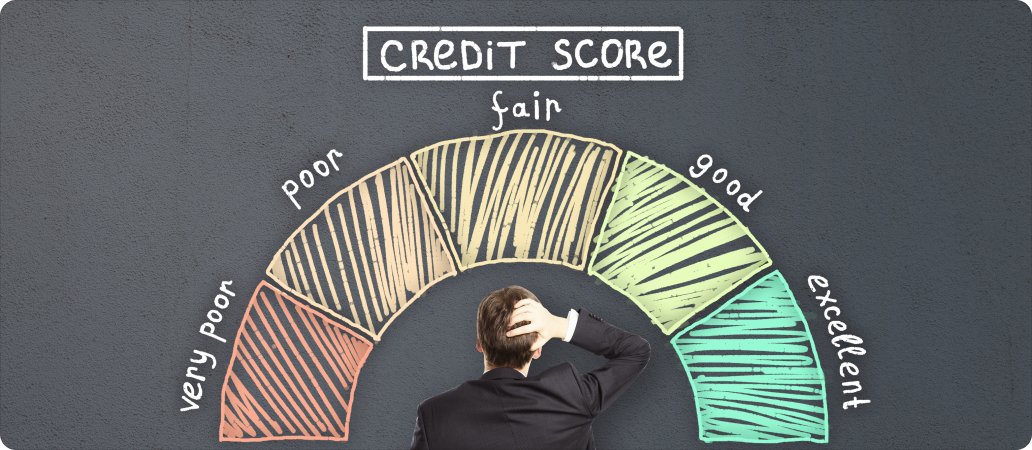Understanding the Fees and Charges Associated with Current Accounts
Whether you are a new or old banking customer, you must have heard of current accounts. But what are they and why are they of significance? A current account is a bank account that lets you deposit and withdraw money as you need. It is suitable for everyday transactions such as paying bills and making business transactions. Like all finance products, there are fees and charges associated with the current account opening process. In this blog, we'll explore the most common fees and how they impact you.
Common Fees Associated with Current Accounts
Current accounts are mainly associated with the following fees and charges.
1. Transaction Charges
2. AMB Charges
3. ATM Fees
4. NEFT/RTGS/IMPS Transaction fees
5. Debit Card Usage
Let’s take a closer look at what exactly these fees and charges are for.
1. Cash and non-cash transaction charges
One of the most common fees associated with current accounts is cash and non-cash transaction charges. This includes charges for cash deposits, cash withdrawals, and non-cash transactions like check deposits. Depending on your bank, these charges can range from a few rupees to a percentage of the transaction amount.
2. AMB charges
During a current account opening process, you can expect to come across the term Average Monthly Balance (AMB) charge. This is a fee charged by the bank if you fail to maintain a minimum balance in your account. The minimum balance required varies from bank to bank, so make sure to check with your bank to avoid any surprises.
3. ATM fees
ATM fees are charges levied when you withdraw cash from an ATM not owned by your bank. These fees can add up, especially if you frequently use ATMs not owned by your bank.
4. NEFT/RTGS/IMPS transaction fees
If you use NEFT (National Electronic Funds Transfer), RTGS (Real-Time Gross Settlement), or IMPS (Immediate Payment Service) to transfer funds, you may be charged a transaction fee. The fee varies depending on the amount being transferred and the bank you're using.
5. Debit Card Usage Fee
Some banks may charge a fee for using your debit card to make purchases beyond a certain limit. This fee can be a fixed amount or a percentage of the transaction amount.
How to Avoid or Minimize Fees
Service and penalty fees and charges, no matter how small they are, are best avoided. Maintaining a current account is not as complicated as you may imagine. Here are 3 easy ways to minimise fees and charges on your current account.
1. Maintaining a minimum balance
The easiest way to avoid AMB charges is to maintain the minimum balance required by your bank. This can be done by keeping track of your spending and making sure that you always have enough funds in your account.
2. Choosing a bank that offers fee waivers
Many banks offer fee waivers if you maintain a certain level of activity in your account, such as a minimum number of transactions per month. Look for a bank that offers fee waivers to minimise your fees.
3. Choosing a bank that offers free NEFT/RTGS/IMPS transactions
If you frequently transfer funds via NEFT, RTGS, or IMPS, look for a bank that offers these services for free. This can save you a significant amount of money in transaction fees.
Understanding the Impact of Fees on Your Account
Let's see how fees can add up and eat into your account balance.
Let's say you have a current account with a minimum balance requirement of Rs. 5,000. If you fail to maintain this balance, you may be charged an AMB fee of Rs. 500.
If you withdraw cash from an ATM not owned by your bank once a week, you may be charged Rs. 20 per withdrawal, adding up to Rs. 80 per month.
If you make five NEFT transactions a month beyond your free transaction limit, you may be charged Rs. 5 per transaction, adding up to Rs. 25 per month.
In total, you could be paying Rs. 605 in fees per month, which could significantly drain your account balance. While this is just an example, you can be charged a varying amount depending on your bank’s fees and charges rate.
So, before you open a new current account, make sure to find out about the fees and charges on your current account.
Fees can also impact your business growth. If you're a small business owner, every rupee counts. By understanding and minimizing fees, you can save money that can be reinvested in your business.
Conclusion
To summarize everything, understanding the fees and charges associated with current accounts is crucial for making the most of your account. Use online banking and mobile apps to track your account balance and avoid overdrafts. Remember, every penny counts, so take action to minimize fees and make the most of your current account.
FAQs
1. What are some common fees associated with current accounts?
Overdraft fees, ATM fees, non-maintenance fees, and transaction fees are common.
2. How can I avoid paying unnecessary fees on my current account?
By comparing account options, reading the fine print, and staying within the account's terms and conditions.
3. What is a non-maintenance fee?
A non-maintenance fee is a charge for not maintaining your current account AMB.



